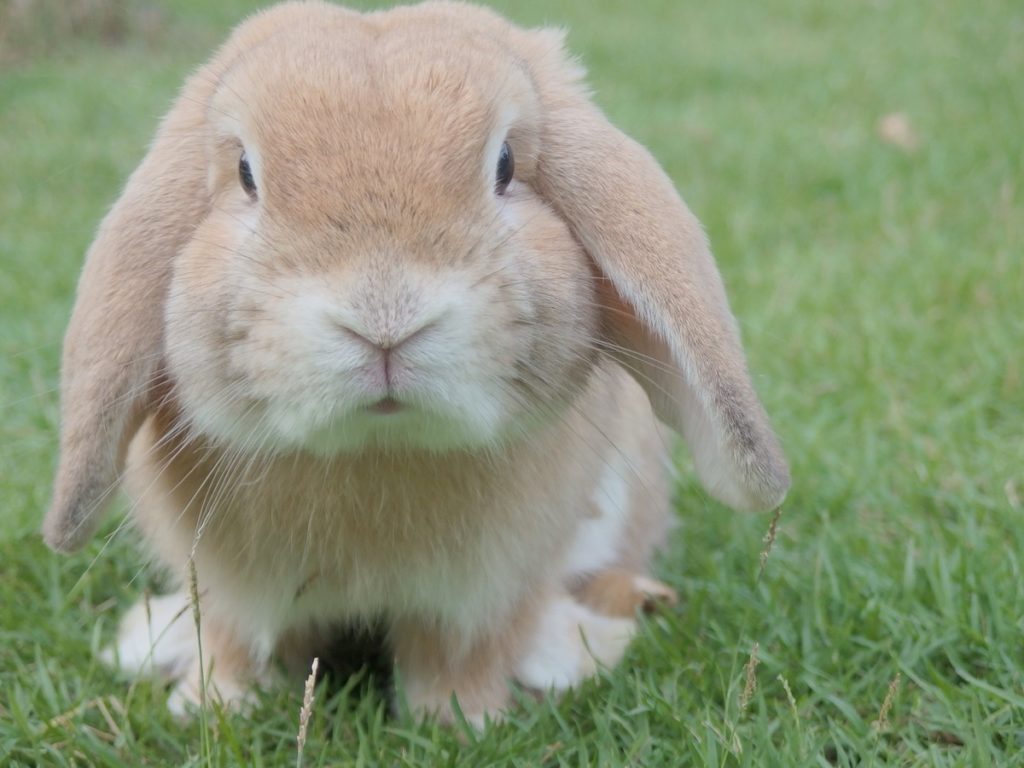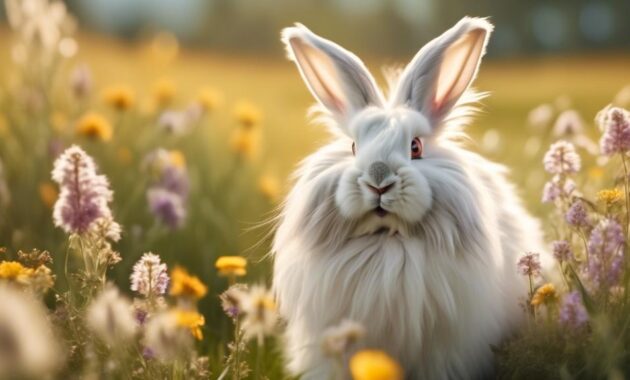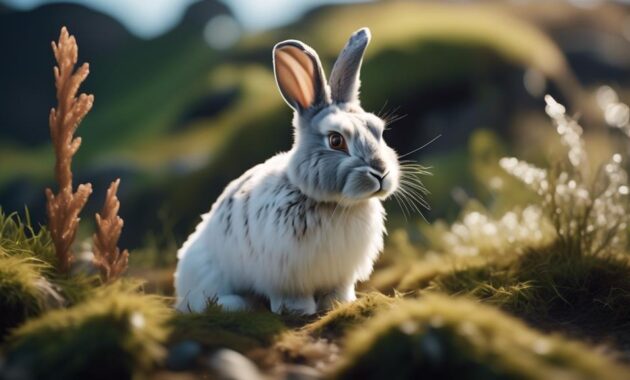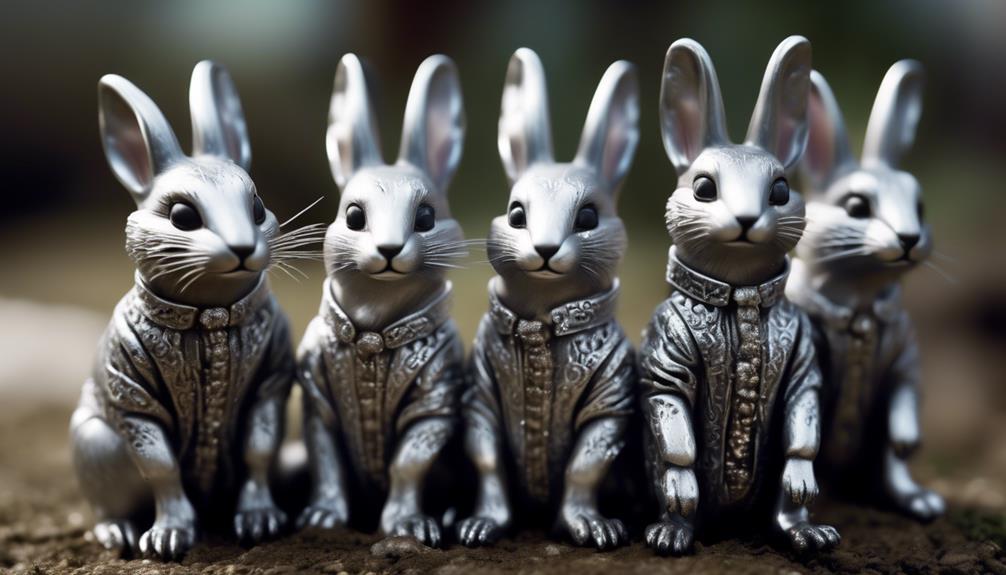
Have you ever wondered how a breed of rabbits with such unique coat colors and markings came to be?
Picture this: in the early 1900s, a dedicated breeder set out to improve the Chinchilla breed, and thus, the Silver Marten rabbit was born.
But the journey doesn't end there. As you continue to unravel the fascinating history of these rabbits, you will discover the challenges they faced, the recognition they gained, and the secrets behind their long lifespan and vibrant show quality.
Get ready to be captivated by the story of the Silver Marten rabbits and gain valuable insights into their care and temperament.
Key Takeaways
- Silver Marten rabbits were created by breeders who wanted to improve the Chinchilla breed and manifested as black sports, resulting in black and silver rabbits.
- The Silver Marten rabbit breed has a long history, with a working standard established in 1927 and acceptance of blue-colored Silver Marten in 1933 and sable in 1993.
- Show quality Silver Marten rabbits must not have any non-genetic or genetic disqualifications, and imperfections such as crooked legs, discoloration, obesity, and abnormalities are considered undesirable.
- The Silver Marten rabbit breed is one of the oldest recorded domestic rabbit breeds, dating back to at least the 1500s, and is recognized in three different varieties: black, brown, and fawn. The coat of the Silver Marten is primarily brown or fawn, with white guard hairs giving it a silvery luster.
Breed Description and Characteristics
The Silver Marten Rabbit is a breed known for its unique coat markings and charming temperament. This breed weighs between 6.5 to 9 pounds and has a lifespan of 5 to 8 years. They've a commercial body shape and are known to be active, sweet, playful, and timid.
Silver Martens are suitable for singles, seniors, families with children, and first-time owners. They can be kept both indoors and outdoors. Their coat is glossy and flyback, with colors including black, blue, chocolate, and sable. The distinctive markings of the Silver Marten Rabbit include a white chin, belly, underside-of-tail, inside of ears, eye circles, and nostril markings.
To take care of them, provide a balanced diet consisting of at least 70 percent hay, pellets, leafy greens, fruits, and vegetables. Outdoor enclosures need protection from the elements and predators, while indoor and outdoor enclosures need a solid bottom and regular cleaning. Regular deworming and proper dental care are also essential for their health.
With proper care and love, the Silver Marten Rabbit can live a long, healthy, and happy life.
Origins and Development
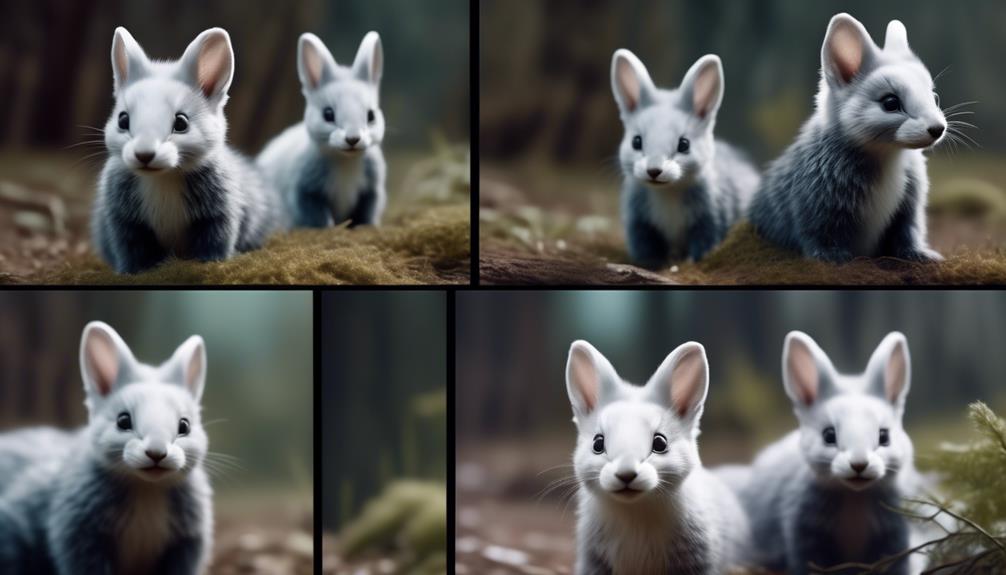
With a rich history dating back to the 1500s, the origins and development of the Silver Marten Rabbit breed are fascinating.
The breed was created by breeders who wanted to improve the Chinchilla breed. Through selective breeding, genes manifested as black sports, resulting in the creation of black and silver rabbits.
The working standard for the breed was established in 1927, and in 1933, the blue-colored Silver Marten was accepted. It wasn't until 1993 that the sable variety was accepted.
The breed was introduced to England from Portugal in 1952 by Sir Walter Raleigh and was accepted into the American Rabbit Breeders Association (ARBA) around 1910.
Today, the Silver Marten Rabbit continues to captivate enthusiasts with its stunning coat and rich history.
Acceptance and Recognition
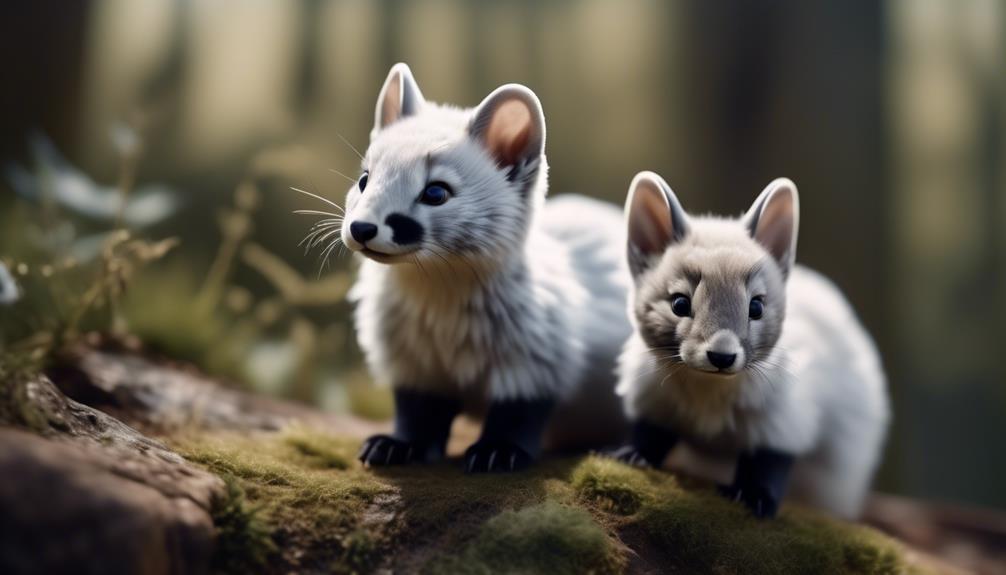
To gain acceptance and recognition, the Silver Marten Rabbit breed had to meet specific standards set by the American Rabbit Breeders Association (ARBA).
Here are three key aspects of the breed's acceptance and recognition:
- Meeting the ARBA standards: The Silver Marten Rabbit breed had to adhere to the standards established by the ARBA, which included specific guidelines for body shape, coat color, and markings. These standards ensured that the breed met the criteria for recognition.
- Recognition of additional colors: Over time, the ARBA expanded its acceptance of Silver Marten Rabbits to include additional colors such as blue and sable. This recognition allowed for more variety within the breed and expanded its popularity among rabbit enthusiasts.
- Show quality requirements: Show quality Silver Marten Rabbits must meet certain criteria and can't have any genetic or non-genetic disqualifications. This emphasis on quality ensures that only the best representatives of the breed are showcased in competitions, further enhancing the breed's acceptance and recognition.
Coat Colors and Markings

Silver Marten Rabbits exhibit a range of coat colors and distinctive markings that contribute to their unique and beautiful appearance.
The four accepted colors for Silver Martens are black, blue, chocolate, and sable. These colors are complemented by specific markings that add to their charm.
Silver Martens have white on their chin, belly, underside-of-tail, inside of ears, eye circles, and nostril markings. These white accents create a striking contrast against the rich colors of their coat.
The combination of the different coat colors and markings gives each Silver Marten a distinct and individual look. Whether they have a glossy black coat with white markings or a deep chocolate coat with contrasting white accents, Silver Marten Rabbits are truly captivating in their appearance.
Care and Health Considerations
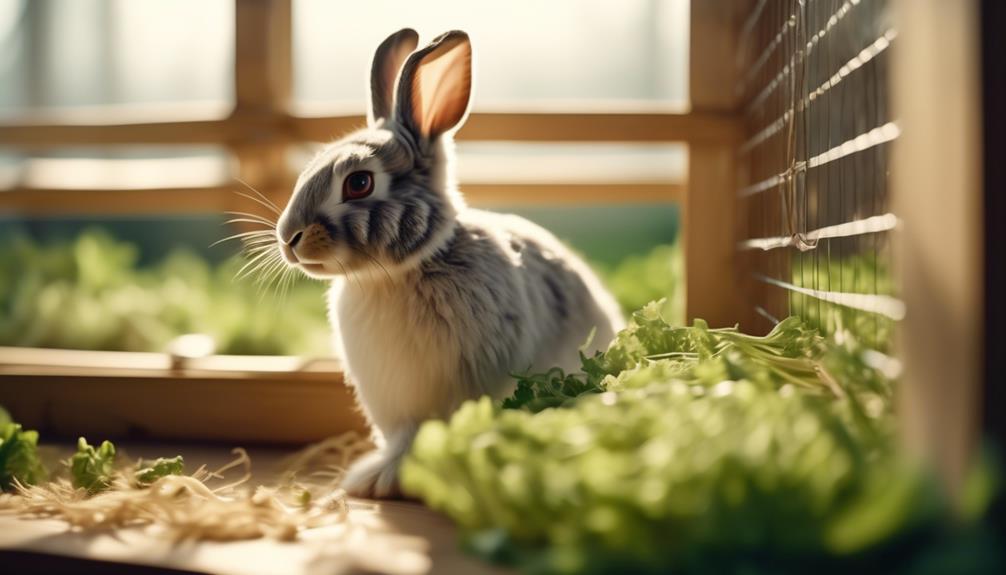
As you continue to learn about Silver Marten Rabbits, it's important to consider their care and health needs. Here are three key considerations to keep in mind:
- Diet and Nutrition: Ensure that your Silver Marten Rabbit's diet consists of at least 70 percent hay, along with a balanced mix of pellets, leafy greens, fruits, and vegetables. This will provide them with the necessary nutrients for optimal health and prevent dental issues.
- Enclosure and Safety: Whether you choose to keep your rabbit indoors or outdoors, make sure their enclosure is well-protected from the elements and predators. Additionally, provide a solid bottom for their enclosure and maintain regular cleaning to prevent the buildup of waste and bacteria.
- Regular Veterinary Care: Schedule regular check-ups with a rabbit-savvy veterinarian to monitor your Silver Marten Rabbit's health and address any potential issues promptly. This includes deworming paste recommended every fall and spring, as well as maintaining a proper diet to prevent their incisors from growing into their face or jaw.
Showing and Exhibition Tips
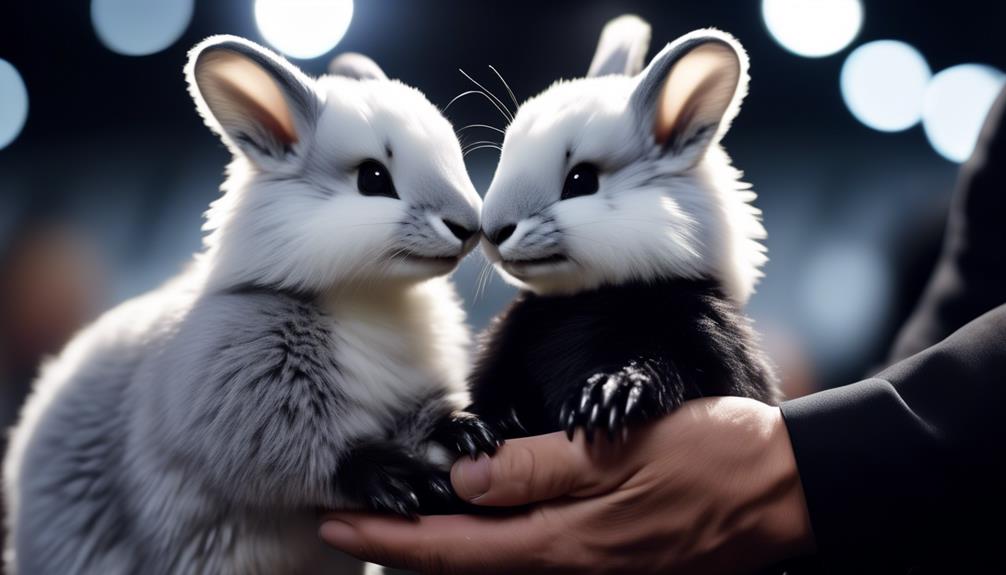
When preparing your Silver Marten Rabbit for show, it's important to follow these exhibition tips to showcase their best qualities.
- Make sure to clean and groom your rabbit before the show, ensuring they're accustomed to being handled.
- Posit your rabbit as instructed by the judge to present their features in the best light.
- After judging, place your rabbit back in its enclosure.
Remember, show quality rabbits can't have any non-genetic or genetic disqualifications. Imperfections such as crooked legs, discoloration, obesity, abnormalities, imperfect tail, and eye discoloration aren't acceptable. Additionally, your rabbit must belong to one of the 50 ARBA-recognized rabbit breeds.
Frequently Asked Questions
How Can I Train My Silver Marten Rabbit to Use a Litter Box?
To train your Silver Marten rabbit to use a litter box, place the box in a quiet corner of their enclosure, fill it with rabbit-safe litter, and put some of their droppings in it. Reward them with treats and praise when they use it correctly.
What Are Some Common Behavior Problems in Silver Marten Rabbits and How Can I Address Them?
If your Silver Marten rabbit has behavior problems, address them by providing proper socialization, bunny-safe toys for mental stimulation, and a loving, caring environment. Seek guidance from a veterinarian if needed.
Are Silver Marten Rabbits Suitable for Outdoor Living, or Are They Better Suited for Indoor Environments?
Silver Marten rabbits are better suited for indoor environments. They require protection from elements and predators in outdoor enclosures. Indoors, they need a solid bottom and regular cleaning. Keep them safe and comfortable for a long, healthy life.
Can Silver Marten Rabbits Be Kept as Single Pets, or Do They Need Companionship?
Silver Marten rabbits can be kept as single pets, but they also enjoy companionship. They are social animals, so having a rabbit friend or human interaction is beneficial for their well-being and happiness.
What Are the Potential Health Issues and Diseases That Silver Marten Rabbits Are Prone To?
Silver Marten rabbits may be prone to Wool Block, ear mites, and flystrike. Regular deworming and a proper diet can help prevent health issues. Take care of your rabbit's health to ensure a long and happy life.
What Is the History and Origin of the Silver Marten Rabbit?
The silver marten rabbit has a rich history and origin. It is believed to have been developed in the early 20th century through the silver fox rabbit breeding. This process resulted in its distinctive silver and black fur, making it a popular breed among rabbit enthusiasts.
Conclusion
In conclusion, the history of Silver Marten rabbits is truly captivating. From their beginnings as an improvement of the Chinchilla breed to their acceptance into the ARBA, these rabbits have a rich and interesting past.
Their striking coat colors and distinctive markings make them a unique and cherished breed. By providing proper care, socialization, and a balanced diet, owners can ensure the health and happiness of these active and playful creatures.
Whether you're a seasoned enthusiast or a first-time owner, Silver Marten rabbits are sure to bring joy and fascination to your life.

